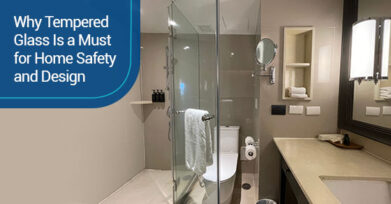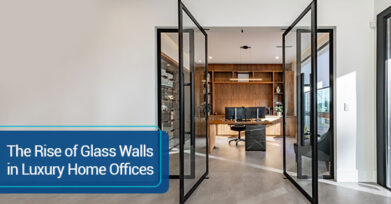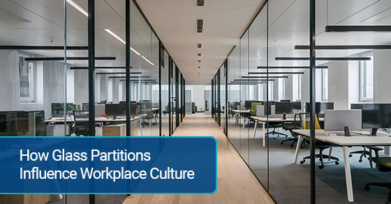Quick Installation Time's
Current Lead Time: 5-9 Days. Last Updated, Dec 12, 2025
Quick Installation Time's
Current Lead Time: 5-9 Days. Last Updated, Dec 12, 2025

The thickness of your shower door glass affects more than just the way it looks. Read More

Tempered glass isn’t just a sleek addition to modern interiors. Read More

There are very few design features that make a statement like a glass wall. Read More

Ever feel like your office is either too loud or too isolating? Read More

There’s something quietly captivating about having a home wine cellar. Read More